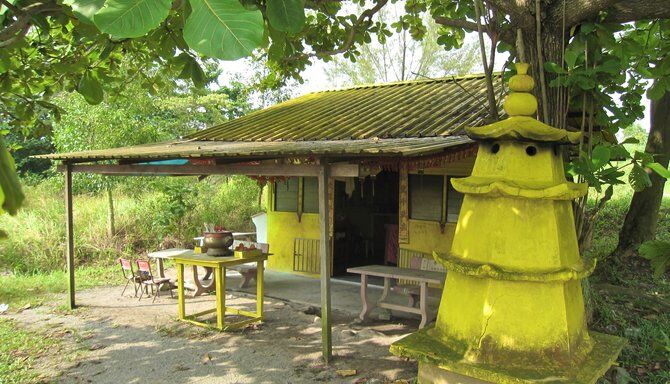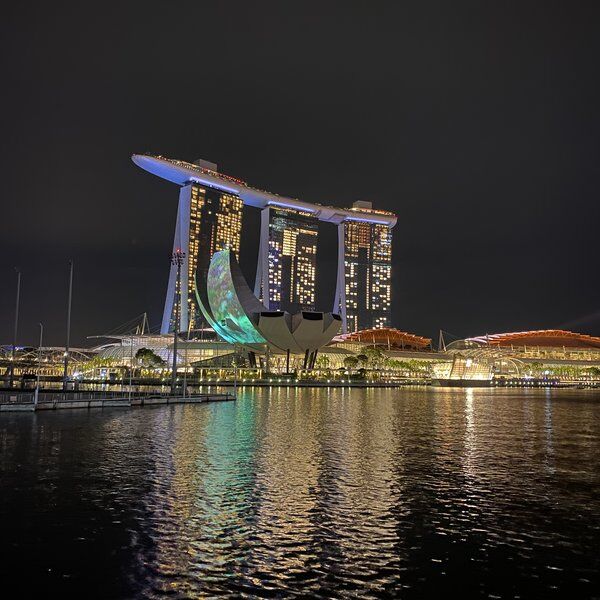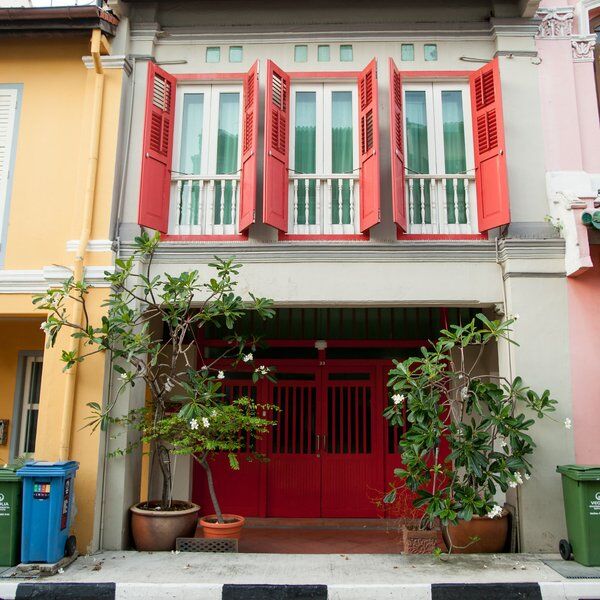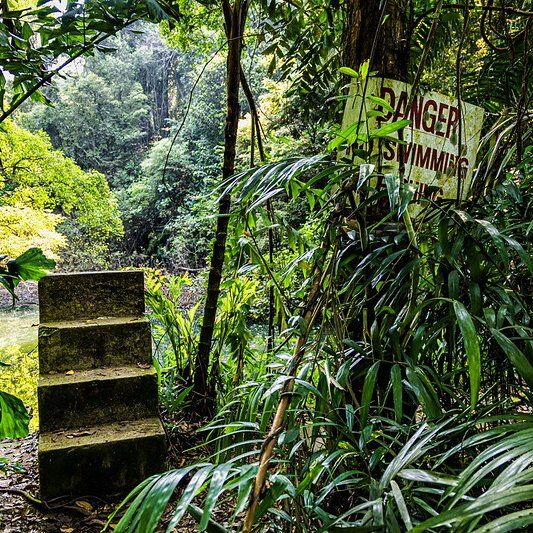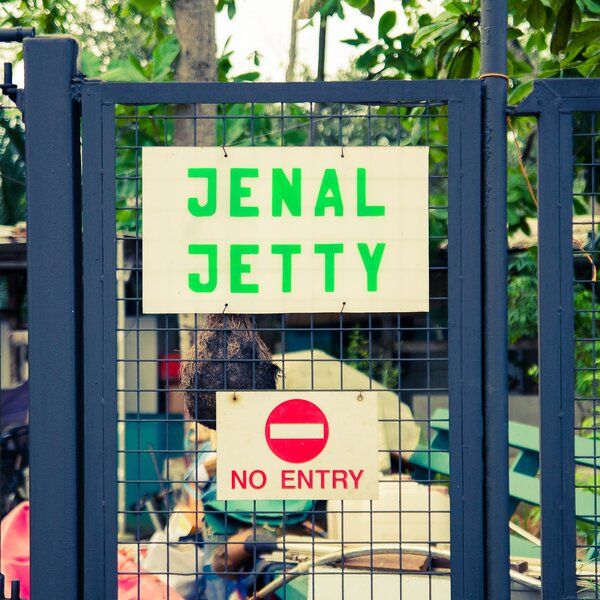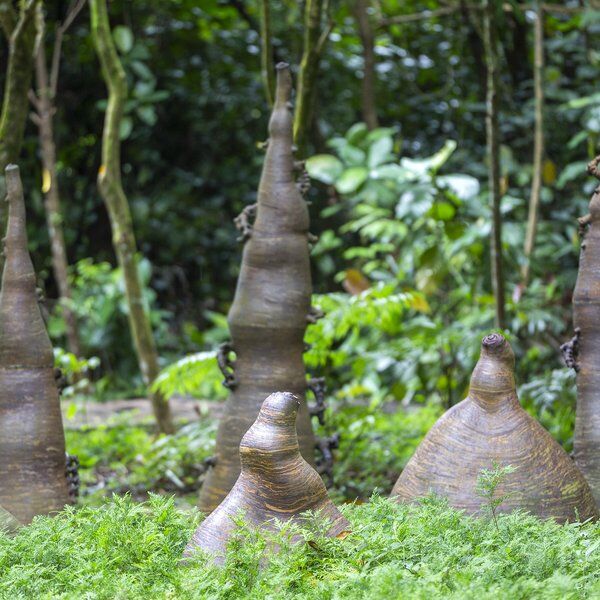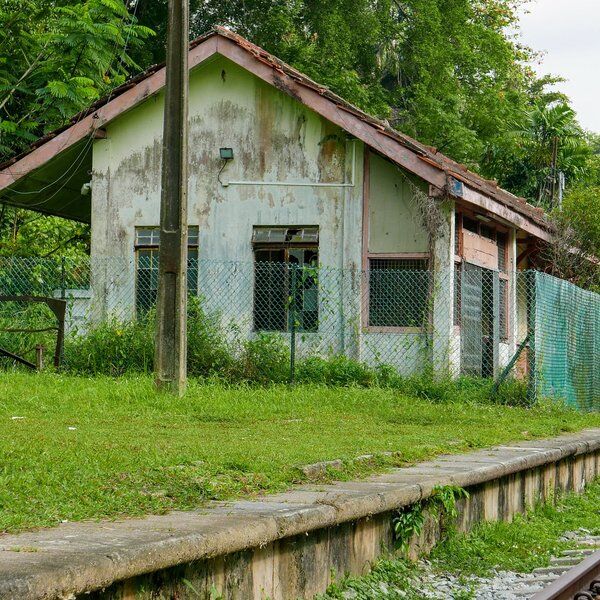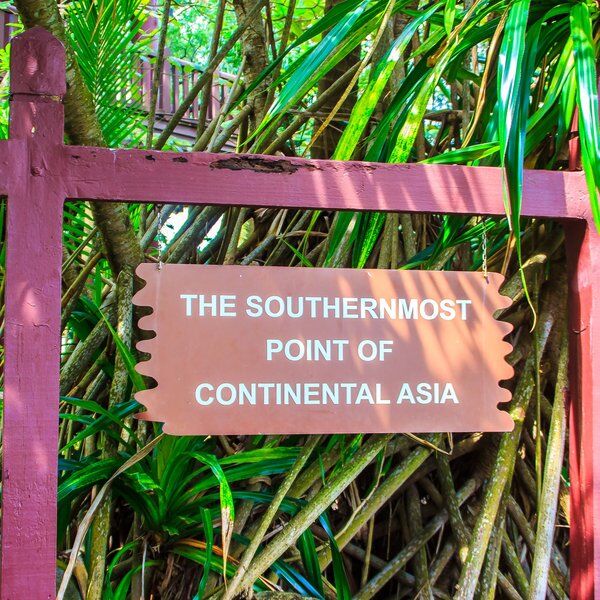The German Girl Shrine on Pulau Ubin, one of the 63 islands that make up Singapore, has been stirring curiosity with locals and distant visitors alike for over a century.
Like all good legends, the story behind the German Girl Shrine is so entangled with curious instances and precious few facts that separating the truth from fiction is near impossible - but that hasn’t stopped curious minds from seeking the Shrine out and paying their respects.
Read on to discover how a German girl - if she really was German - captured the hearts and imaginations of hundreds of people and why this place is considered a must-visit in Singapore…
The German Girl Shrine: The Woman, The Myth, The Legend

Before delving into the history of the German Girl Shrine, let’s begin with the most widely-known version of the legend.
Shortly before the outbreak of the First World War (WWI), a German family lived on a coffee plantation on Pulau Ubin. All was well, until Britain declared war on Germany, and a fight thousands of miles away suddenly reared its head in Singapore.
Almost immediately, the British authorities sought out Germans and German sympathisers to arrest and detain them before they could cause any trouble on overseas British territory. The German family was duly rounded up and taken away - except for one of its family members.
The plantation owner's daughter, believed to be about 18 years old, escaped from the authorities and headed into the jungle. In her haste to escape, she slipped and fell from a cliff which killed her in an instant.
A few days later, the girl’s body was discovered by some Boyanese workers who recognised her: she was their boss’s daughter. Out of respect for their old boss and the girl’s dignity, the workers buried her along with her belongings nearby.
Some years later, a group of Chinese workers on the island discovered the girl’s remains. They gathered what they could find and reburied her at the top of a quarry hill. When the hill was demolished in the 1970s to expand the quarry, the girl was removed yet again from her burial place and this time placed in an urn, along with her precious trinkets: some coins that had been found on her person by the Boyanese, a lock of her hair and a silver crucifix.
The urn was placed in a shrine to commemorate the German girl who had tragically died, and over time, locals began praying to her and bringing her gifts in the hopes of receiving some luck in return.
The History of The German Girl Shrine: Plantations, Prayers and The Paranormal
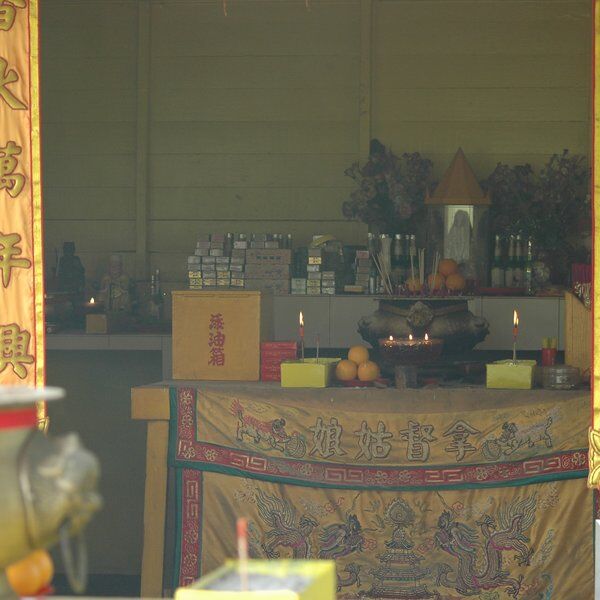
Now you know the legend behind the German Girl Shrine, a few things should strike you as very intriguing:
What was a German family doing on a coffee plantation in a British colony?
As the legend only took place a little over a hundred years ago, why is there so little evidence to support it? How do we know what really happened? Isn’t there a suspicious lack of mythical beasts, isn’t this totally plausible?
Well, like all good legends, the history of the German Girl Shrine is full of anomalies and curious incidents. There’s enough truth to it to make some people believe it, and enough contradictions to make others totally disregard it. Let’s take a look at some of the facts.
The German Girl Shrine Facts: Coffee, Cacao and Colonists
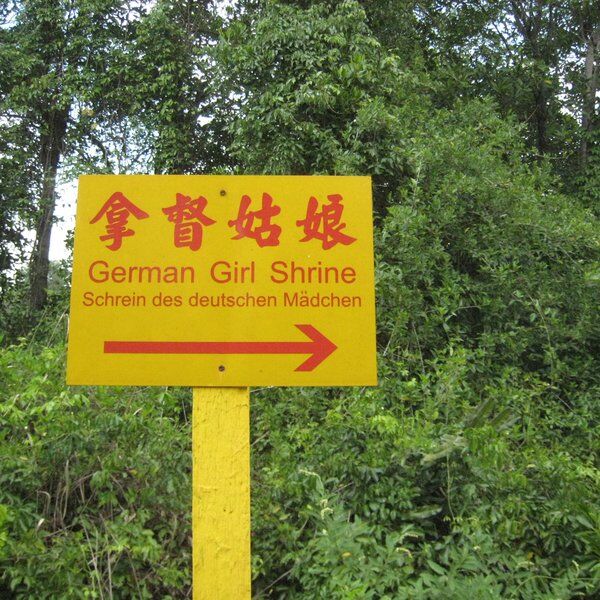
So what do we know for sure about the German Girl Shrine and the legend associated with it? Here’s a quick run down:
The German Girl Shrine is a popular tourist and spiritual destination located on the island of Pulau Ubin, or just “Ubin” for short. The island first appeared on a British map in 1828 bearing the name “Pulo Obin”, a misspelling of the Malay name “Pulau Ubin” meaning “Granite Island”.
The plantation in the German Girl Shrine legend was owned, at one point, by an Austro-German company named D. Brandt & Co. The company was founded in 1878 and co-owned by Daniel Brandt, an Austrian, and Hermann Mulinghaus, a German. It was formerly owned by a British merchant named Thomas Heslop Hill. It was named “Pulo Obin Estate” after the original (misspelt) map.
Thomas Heslop Hill grew coffee and cacao on Pulo Obin Estate. Hill opened Pulo Obin Estate in 1880. There is plenty of evidence that shows this, including Ancestry records showing Hill’s name on his daughter's baptism record, where his occupation is listed as “coffee estates in Strait Settlements”.
Hill sold Pulo Obin Estate to D. Brandt & Co in 1892. Records show that Brandt & Co sold the Estate in 1907. Thereafter, Pulo Obin Estate became a rubber tree plantation.
The German Girl Shrine is dedicated to the memory of a German girl, but her existence has been called into question many times.
When the German Girl’s body was exhumed and moved to be placed in the urn, locals recalled finding “finger bones” and a coin from North Borneo (now Sabah), which was established in the late 19th century by a German-born diplomat for Austria-Hungary (giving possible further clues to the German Girl’s identity). However, the coin is dated 1890, and North Borneo was, by then, under British control.
Many people believe that the German Girl Shrine has powerful spiritual energy associated with good fortune and luck. This is because in the 1930s, following the erection of the German Girl Shrine, people who prayed at the Shrine often experienced bouts of good luck.
German Girl Shrine Contradictions: Identity, Empty Urns & War Policies
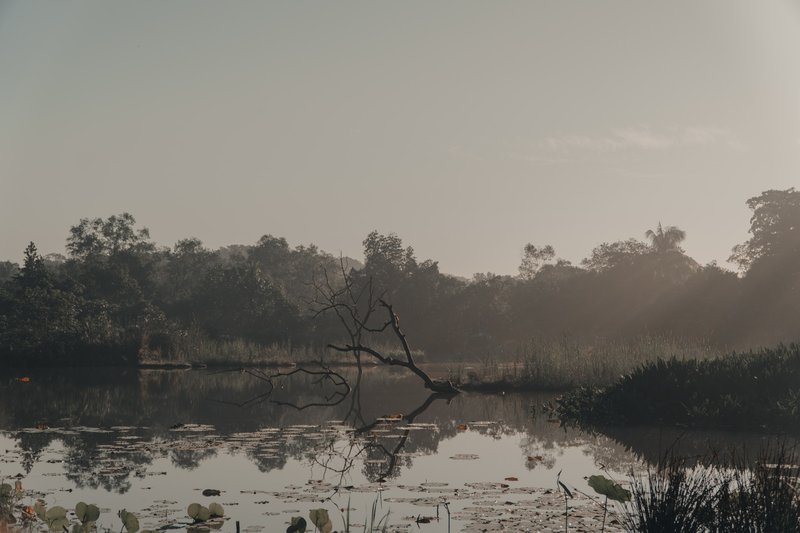
While the above facts are verifiable pieces of history, the rest of the story associated with the German Girl Shrine gets very hazy. So here’s what we definitely don’t know (and have no way of knowing):
The name of “The German Girl” is unknown. There are no records to suggest a German (or Dutch, as has also been suggested) family lived at the plantation at the time that the ‘German Girl’ was supposed to have died.
When WWI broke out, German men living in Singapore were sent to prison camps (such as Tanglin or sent to St John’s Island for removal to Holsworthy Internment Camp in Australia) and their properties were seized by the British. Women and children, however, were advised to move to neutral colonies (such as Java/Indonesia, then a Dutch colony) or allowed to remain.
The urn that supposedly contains the remains of the “German Girl” and her belongings is a point of conjecture. Some say that the original urn was stolen by gamblers, others say that the urn was always empty. Either way, when it was opened in 1990, it was empty.
Barbie Dolls, Betting and Beer Offerings
Visitors to the German Girl Shrine have been paying their respects at the Shrine that stands today for almost a century. What was once a run-down shed is now a vibrant yellow temple with incense that seemingly burns day and night, shrouding an assortment of curious objects in mystical smoke.
Among those curious objects, you’ll find beer bottles, lipsticks, teddy bears, perfumes, hairbrushes and…a Barbie doll.
The story goes that a local resident, who has since moved to Australia, had a strange dream where the German Girl appeared to him in a dream and requested he buy her a Barbie doll. The dream was odd, but he put it out of his mind until the next night where he had the same dream again. And then again the following night.
Moved, the man purchased a Barbie doll and brought it to the German Girl Shrine where it has since become a kind of effigy.
The German Girl Shrine is popular with all manner of people, including overseas tourists. However, the Shrine is especially popular with gamblers, who visit the Shrine to ask for good luck, especially with regards to the 4D lottery.
Discover More of Singapore With CityDays
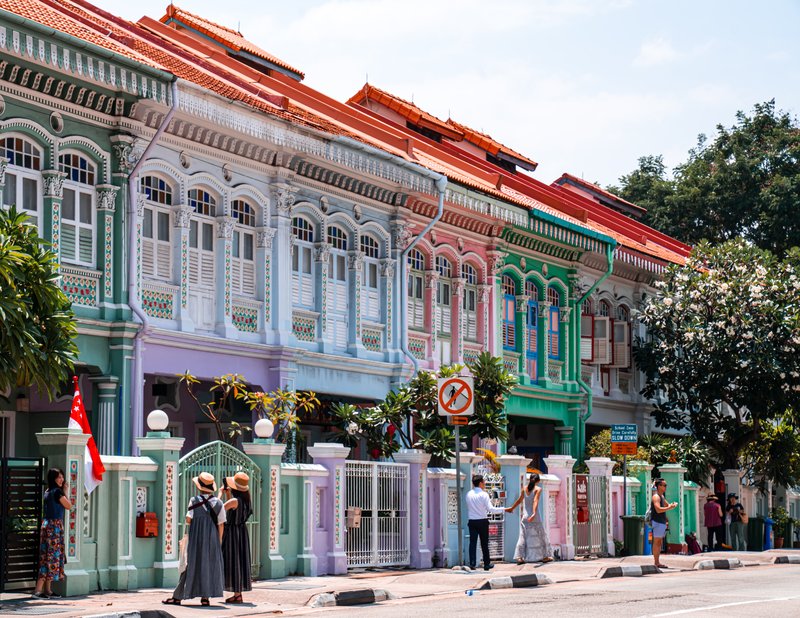
Ready to discover more of what Singapore has to offer?
CityDays have a brand new treasure and scavenger hunt in Singapore which combines the fun of an escape room with the historic facts and whimsical trivia of a walking tour!
Take the stress out of planning your visit to Singapore and book your adventure today!
Not visiting Singapore this time? Don’t worry, you’ll find us all over the world.
